Dalmore
Dalmore is a high-quality Highland distillery with a good Whisky and an elegant bottle design. The distillery was long run by the noble Scottish Mackenzie clan. A member of the clan once saved King Alexander III's life while stag hunting by stabbing a deer attacking him at the last second. The king was so grateful that he allowed the Mackenzie clan to bear the royal twelve-tailed stag on their coat of arms. This symbol is still displayed on Dalmore bottles today. It was founded in 1839 and extended very often.
| Information about the Distillery | |
|---|---|
| Scotland, Highlands | |
| -4.238889 57.688611 | |
| Active | |
| UB Group | |
| 9 t | |
| 1839 | |
| 4,200,000 l | |
| http://www.thedalmore.com/ |
| Average tasting notes Tasting notes |
i
|
|
|---|---|---|
|
Nosing
Sherry:
Sweet:
Fruit:
Sweet:
Sherry:
Fruit:
Spices:
Zitrus:
Zitrus:
Spices:
Orange:
Oak:
Vanilla:
Vanilla:
Oak:
Orange:
Chocolate:
Berries:
Berries:
Cinnamon:
Caramel:
Chocolate:
Cinnamon:
Herb:
Caramel:
Herb:
Raisin:
Nuts:
Plum:
Plum:
Honey:
Dried Fruit:
Raisin:
Honey:
Dried Fruit:
Malt:
Herbs:
Malt:
Herbs:
Leather:
Leather:
Cherry:
Nuts:
Nutmeg:
Nutmeg:
Grape:
Cherry:
Grape:
Dark Chocolate:
Dark Chocolate:
Peat Smoke:
Almonds:
Coffee:
Clove:
Coffee:
Clove:
Date:
Date:
Tropical Fruit:
Tobacco:
Fig:
Tropical Fruit:
Tobacco:
Fig:
Apple:
Apple:
Almonds:
Heather:
Ginger:
Floral:
Heather:
Floral:
Lemon:
Alcohol:
Hay:
Pear:
Alcohol:
Grass:
Ginger:
Pepper:
Grass:
Hay:
Blackberry:
Pear:
Peat Smoke:
Blackberry:
Lemon:
Strawberry:
Cake:
Cake:
Hazelnut:
Peach:
Strawberry:
Peach:
Pineapple:
Pineapple:
Black Currant:
Hazelnut:
Oil:
Oil:
Black Currant:
Wheat:
Lemon Peel:
Wheat:
Walnut:
Pepper:
Rye:
Grapefruit:
Walnut:
Melon:
Grapefruit:
Banana:
Lime:
Barley:
Red Currant:
Banana:
Red Currant:
Melon:
Rye:
Lime:
Maritime Notes:
Maritime Notes:
Barley:
Chili:
Chili:
Kiwi:
Iodine:
Medicinal Smoke:
Green Apple:
Medicinal Smoke:
Iodine:
Kiwi:
Green Apple:
Mint:
Seaweed:
Mint:
Coconut:
Lemon Peel:
Seaweed:
Tasting
Sweet:
Sweet:
Sherry:
Sherry:
Fruit:
Spices:
Oak:
Oak:
Fruit:
Zitrus:
Spices:
Herb:
Chocolate:
Zitrus:
Herb:
Chocolate:
Orange:
Vanilla:
Nuts:
Vanilla:
Caramel:
Orange:
Dark Chocolate:
Caramel:
Dark Chocolate:
Honey:
Malt:
Malt:
Cinnamon:
Berries:
Honey:
Berries:
Coffee:
Cinnamon:
Dried Fruit:
Coffee:
Dried Fruit:
Oil:
Raisin:
Oil:
Plum:
Raisin:
Nuts:
Ginger:
Cherry:
Ginger:
Plum:
Herbs:
Cherry:
Peat Smoke:
Herbs:
Clove:
Pepper:
Clove:
Nutmeg:
Pepper:
Grape:
Nutmeg:
Grape:
Fig:
Date:
Leather:
Alcohol:
Heather:
Fig:
Almonds:
Leather:
Date:
Alcohol:
Lemon:
Cake:
Tobacco:
Heather:
Cake:
Chili:
Almonds:
Lemon:
Chili:
Tobacco:
Peat Smoke:
Tropical Fruit:
Banana:
Tropical Fruit:
Blackberry:
Blackberry:
Walnut:
Banana:
Pineapple:
Apple:
Hazelnut:
Walnut:
Hazelnut:
Pineapple:
Apple:
Grass:
Lime:
Strawberry:
Peach:
Grapefruit:
Strawberry:
Grass:
Maritime Notes:
Grapefruit:
Seaweed:
Peach:
Maritime Notes:
Melon:
Melon:
Lime:
Wheat:
Mint:
Mint:
Seaweed:
Hay:
Hay:
Pear:
Barley:
Pear:
Floral:
Wheat:
Floral:
Green Apple:
Barley:
Black Currant:
Green Apple:
Lemon Peel:
Red Currant:
Black Currant:
Lemon Peel:
Red Currant:
Bonfire Smoke:
Medicinal Smoke:
Iodine:
Medicinal Smoke:
Iodine:
Bonfire Smoke:
Finish
Sweet:
Sherry:
Spices:
Sweet:
Oak:
Oak:
Sherry:
Spices:
Herb:
Fruit:
Herb:
Chocolate:
Chocolate:
Fruit:
Malt:
Coffee:
Coffee:
Malt:
Dark Chocolate:
Zitrus:
Dark Chocolate:
Nuts:
Zitrus:
Orange:
Vanilla:
Vanilla:
Honey:
Orange:
Cinnamon:
Dried Fruit:
Honey:
Cinnamon:
Caramel:
Dried Fruit:
Berries:
Nuts:
Caramel:
Peat Smoke:
Cherry:
Berries:
Oil:
Oil:
Cherry:
Ginger:
Raisin:
Ginger:
Herbs:
Plum:
Plum:
Herbs:
Raisin:
Nutmeg:
Pepper:
Nutmeg:
Alcohol:
Heather:
Cake:
Heather:
Leather:
Alcohol:
Pepper:
Leather:
Peat Smoke:
Lemon:
Cake:
Tobacco:
Almonds:
Tobacco:
Chili:
Chili:
Clove:
Almonds:
Lemon:
Fig:
Clove:
Fig:
Date:
Date:
Grape:
Tropical Fruit:
Grape:
Peach:
Blackberry:
Peach:
Tropical Fruit:
Grapefruit:
Blackberry:
Pineapple:
Pineapple:
Grapefruit:
Walnut:
Strawberry:
Strawberry:
Lemon Peel:
Walnut:
Lemon Peel:
Grass:
Floral:
Apple:
Floral:
Apple:
Grass:
Wheat:
Barley:
Wheat:
Seaweed:
Hazelnut:
Maritime Notes:
Hazelnut:
Maritime Notes:
Barley:
Seaweed:
|
||
The Whisky
The Dalmore distillery, home to one of the most renowned of all Single Malt Whiskies, sits elegantly on the shore of the Comarthy Firth in the Northern Highlands. The high production capacity of the distillery has resulted in a variety of official bottlings from which Whisky enthusiasts can choose. The distillery’s most typical bottling is the 12 year-old, although they also produce a 15 year-old, an 18 year-old, and older ones. Independent bottlings are very rare at the distillery, with Gordon & MacPhail being one of the very last independent bottlers to do so.
The Production
The water used in the Dalmore is taken from the stunning river Averon, which runs through the small town of Alness, where the distillery is located. The waters of the river flow from the nearby Loch Morie, located deep in the heart of the Northern Highlands. The location of the Dalmore’s distillery and its smooth, floral flavour qualify it as a Highland Malt.
The distillery has undergone a number of expansions throughout its history, which have gradually increased its production capacity. Most recently, the capacity increased from 3 million litres in 1991 to its current production level of 4.2 million litres.
The Pot Stills
The Dalmore has four wash stills and four spirit stills, each with two differing levels of production capacity. Two of the wash stills have a capacity of 16,500 litres, and the other two have a capacity of 8,250 litres. The wash stills at the Dalmore have a constricting piece in the intermediate section of the stills, between the spherical lid and the neck, which results in a higher level of reflux.
The two smaller, two larger stills distribution is reflected with the spirit stills; two have a capacity of 11,000 litres, while the other pair have a capacity 7,300 litres. The Dalmore uses Lomond stills for the distillation process, which have three perforated plates that can be cooled separately, therefore allowing the distiller to produce different kinds of Whisky in the same still.
The old wash stills are flat on top, they say because when the distillery was built they had to be cut off at the top to get them into the building. This meant that the Lyne arm had to be placed on the side, resulting in more reflux and higher copper contact, resulting in less spicy flavours in the spirit. The old Spirit Stills are even from 1874 (although some parts have of course since been replaced). The new make spirit produced at Dalmore is rather malty and robust.
The Malting
From its founding in 1839 to 1982, the Dalmore used its own maltings and matured the Whisky onsite in the Dalmore’s warehouse. In 1956, the distillery replaced the floor maltings with a Saladin Box. The Saladin Box (named after its inventor, Charles Saladin) is a large, flat device that mechanically turns the germinating barley inside and allows air to pass through. Very seldom the Dalmore uses peated malt to achieve distinctive smoky notes. In 1982, the distillery retired its own malting process, opting instead to source its malt from an industrialised distributor. Today, the malt comes from local large-scale malting plants, with much of the grain also being grown in the area around the distillery.
Mashing
The mash tun at Dalmore comprises a full 10.4 tonnes of mash. Sugar and starch are washed out of the malt in three mashing processes.
The Fermentation
The eight wooden washbacks are filled with 45,000 litres of mash, to which liquid yeast is added. Bacteria in the wood contribute to the lactobacterial fermentation with interesting aromas and provide character in the later Whisky. This kind of fermentation takes time: from 45-48 hours everything is fully fermented, whereas at Dalmore they wait a full 50 hours.
The Warehouse
The warehouses at the Dalmore are something of a pilgrimage site, holding some of the oldest Whisky stocks in the world. There are nine warehouses on the distillery’s site, with four being dunnage and five racked. Many of them are multi-floor, meaning that the altogether warehouse capacity of the site is a whopping 65,000 casks. The Dalmore uses a variety of cask types, although the mainstay is Bourbon. In addition, there are very large Sherry casks or Port pipes, Matusalem casks, there are even many decades-old casks (from 1969, for example) stored at Dalmore.
History
Looking at the history of the Dalmore, it’s impressive to think that such a small corner of the Northern Highands could hold such a colourful past. Alexander Matheson founded the distillery in 1839 with the fortune that he’d procured from the illegal opium trade in Asia. The Dalmore was destined to take a legendary place among scotches, being in the possession of Scottish nobility, Clan Mackenzie, for almost a century. Operations ran fairly smoothly at the distillery until 1917, when the British Royal Navy began to use the firth next to the distillery as a site for the production of deep-sea mines. In 1920 much of the distillery was destroyed by an explosion and fire that came as result of a mine denotation incident. The subsequent legal battle between Andrew Mackenzie, then manager of the distillery, and the Royal Navy lasted over half a decade, even reaching the House of Lords. The distillery eventually recommenced production, and continued moving from strength to strength.
In 1966, the number of stills at the site was increased from four to eight, placing Dalmore in the top 25 distilleries in the world in terms of capacity. During the 1960s, the Mackenzie clan’s company, Mackenzie Brothers Ltd, merged with the distiller’s giant Whyte & Mackay. Since then, the distillery has undergone a number of different corporate mergers and buyouts, with Diageo buying the majority stake in the distillery’s parent company. The Dalmore is one of the more famous Single Malts in the world, due to its record-breaking legacy for reaching high auction prices. For a while, it held the record of being the most expensive Whisky ever sold at an auction, with a 62-year old bottle reaching a fetching price of £25,000. Apparently the bottle was finished the same night that it was purchased, so unfortunately we’re not going to see it resurface on the Market to break any more records.
The Visitor Centre
The distillery has an excellent visitor centre, which includes a shop and small café. It’s also possible to take a tour of the distillery.
The Dalmore Distillery
Alness
Ross-shire
IV17 0UT
Tel: +44 (0)1349-882362

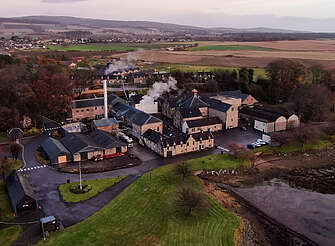

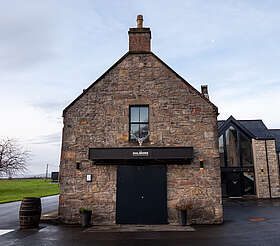
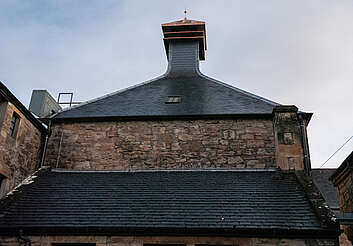
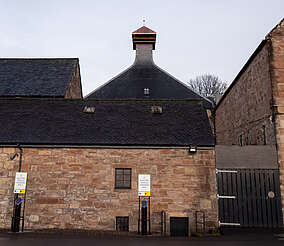
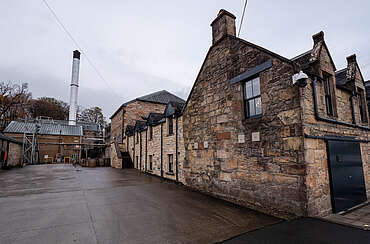
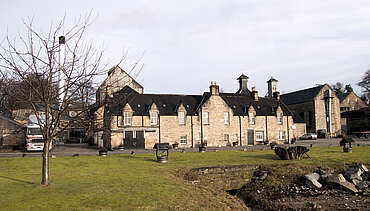
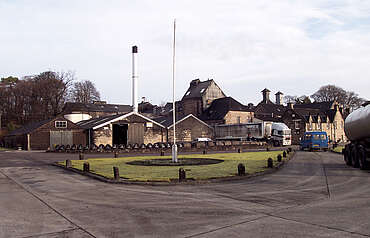
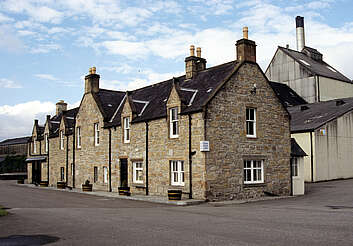
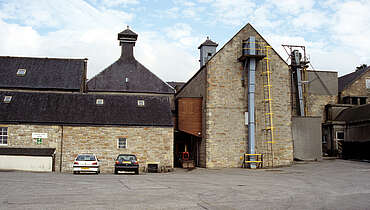
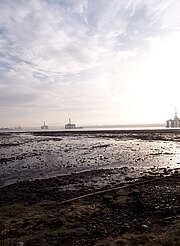


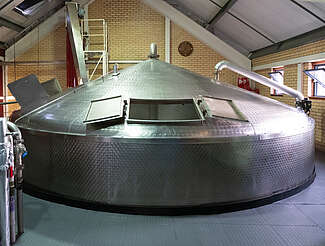
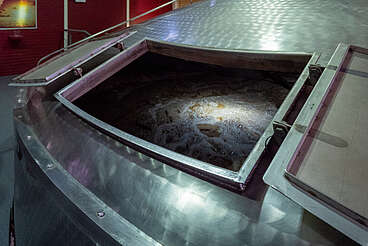
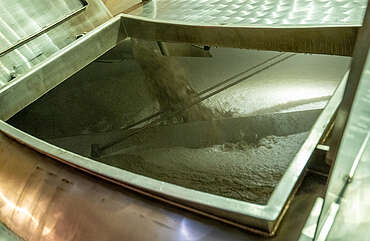
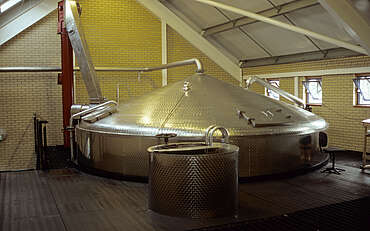
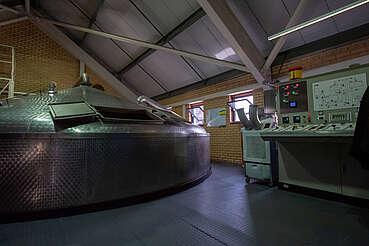
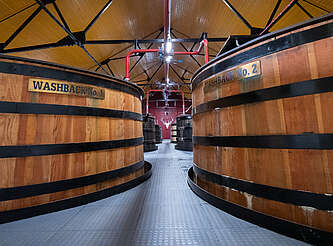
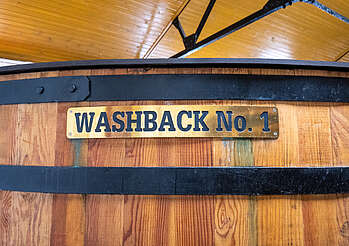
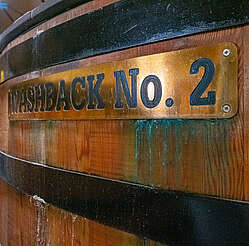
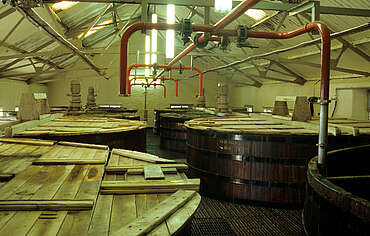
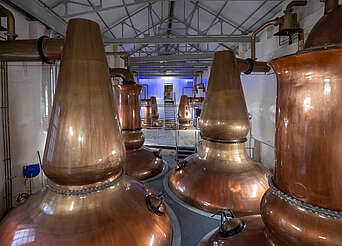

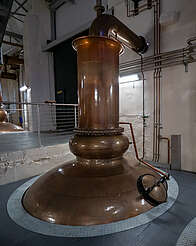
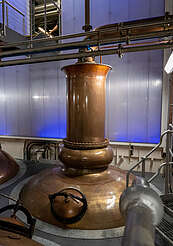
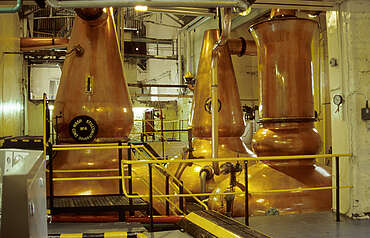
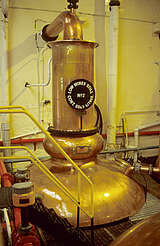
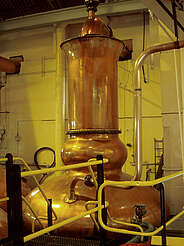
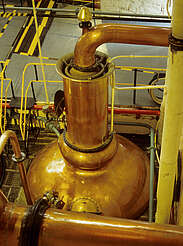
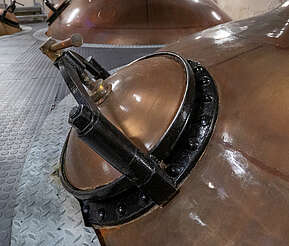
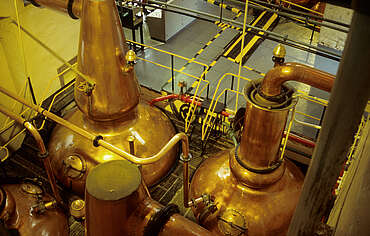
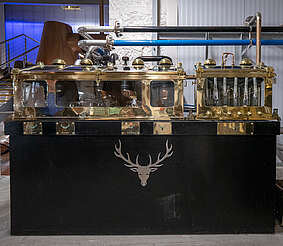
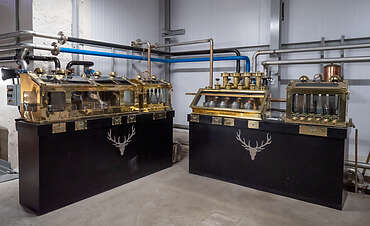
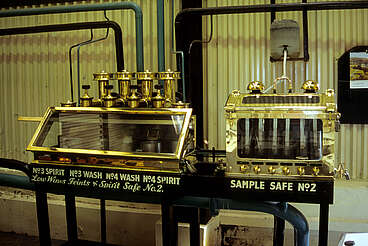
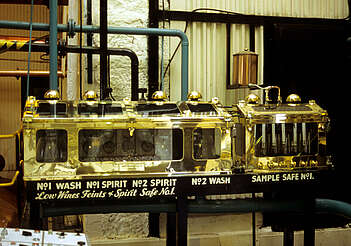
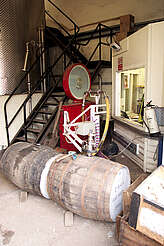
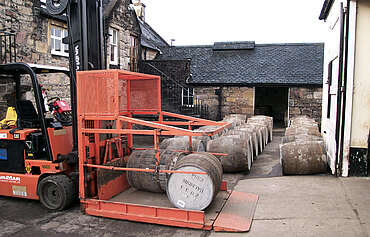
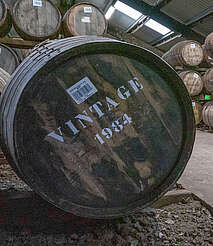
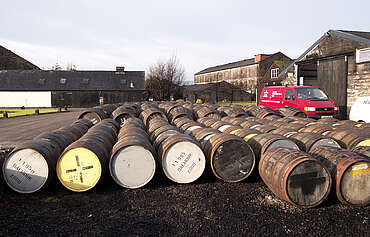
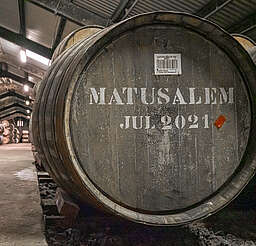
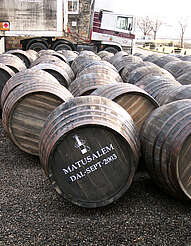
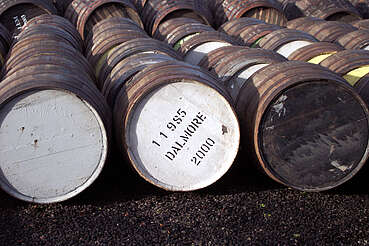
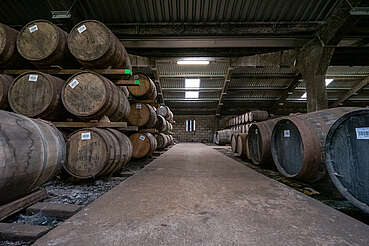
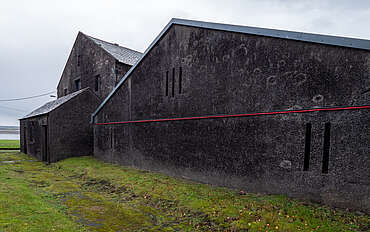
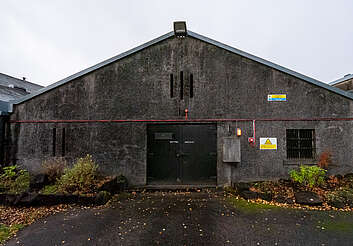
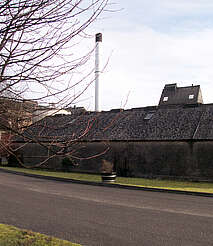
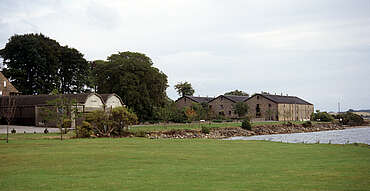

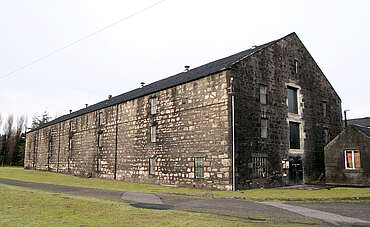
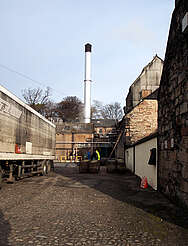
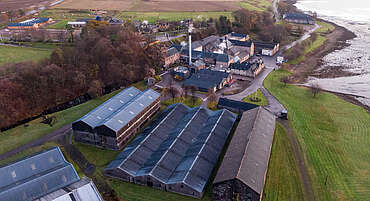
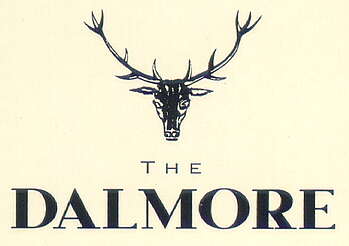
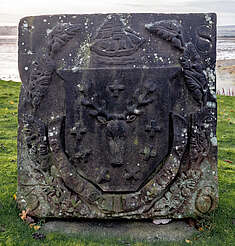
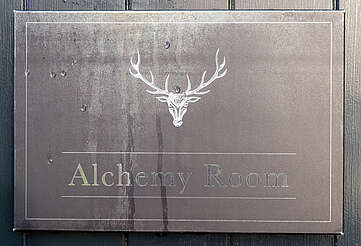

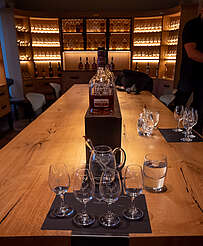
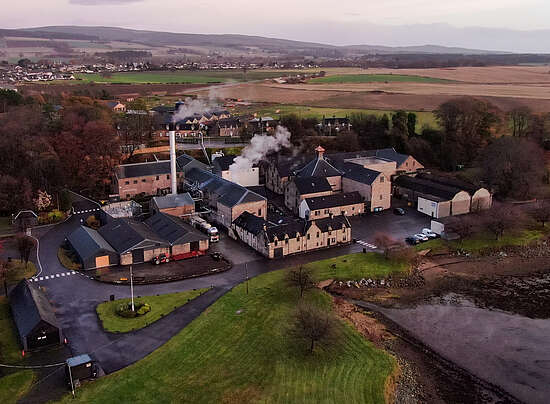
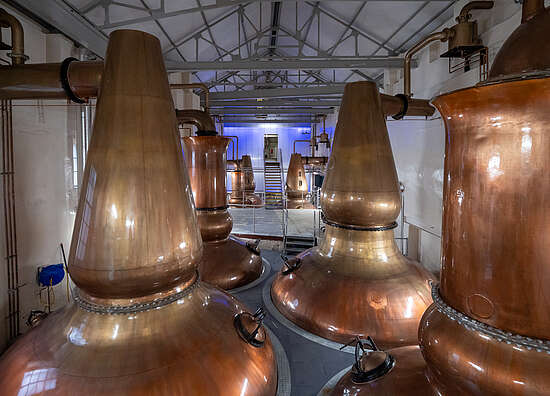
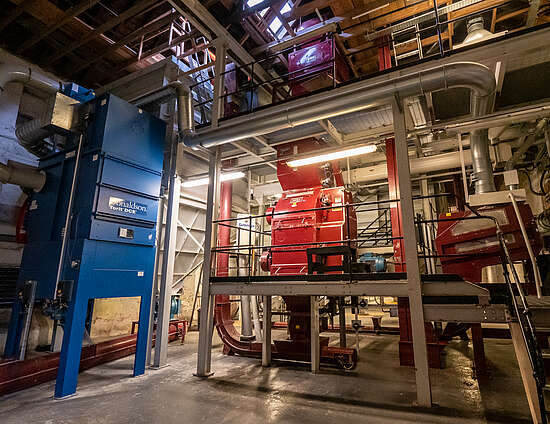
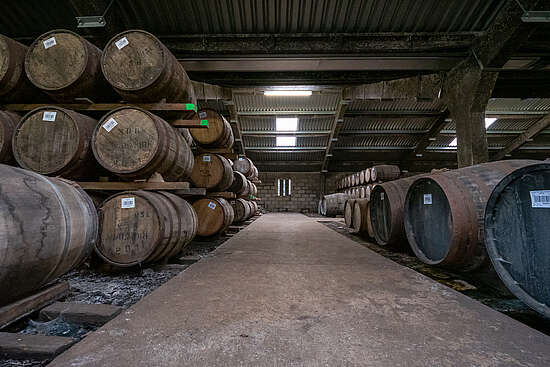
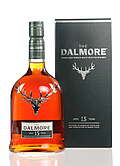
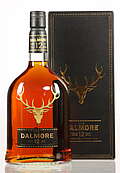
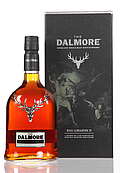
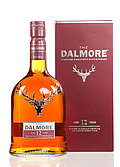
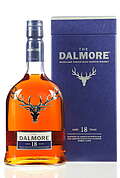
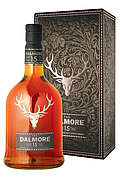
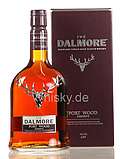

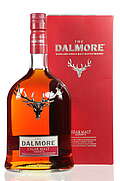
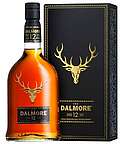










User Notes about the Distillery
Share your experience with other whisky lovers. Write a note about your trip to the Dalmore distillery.